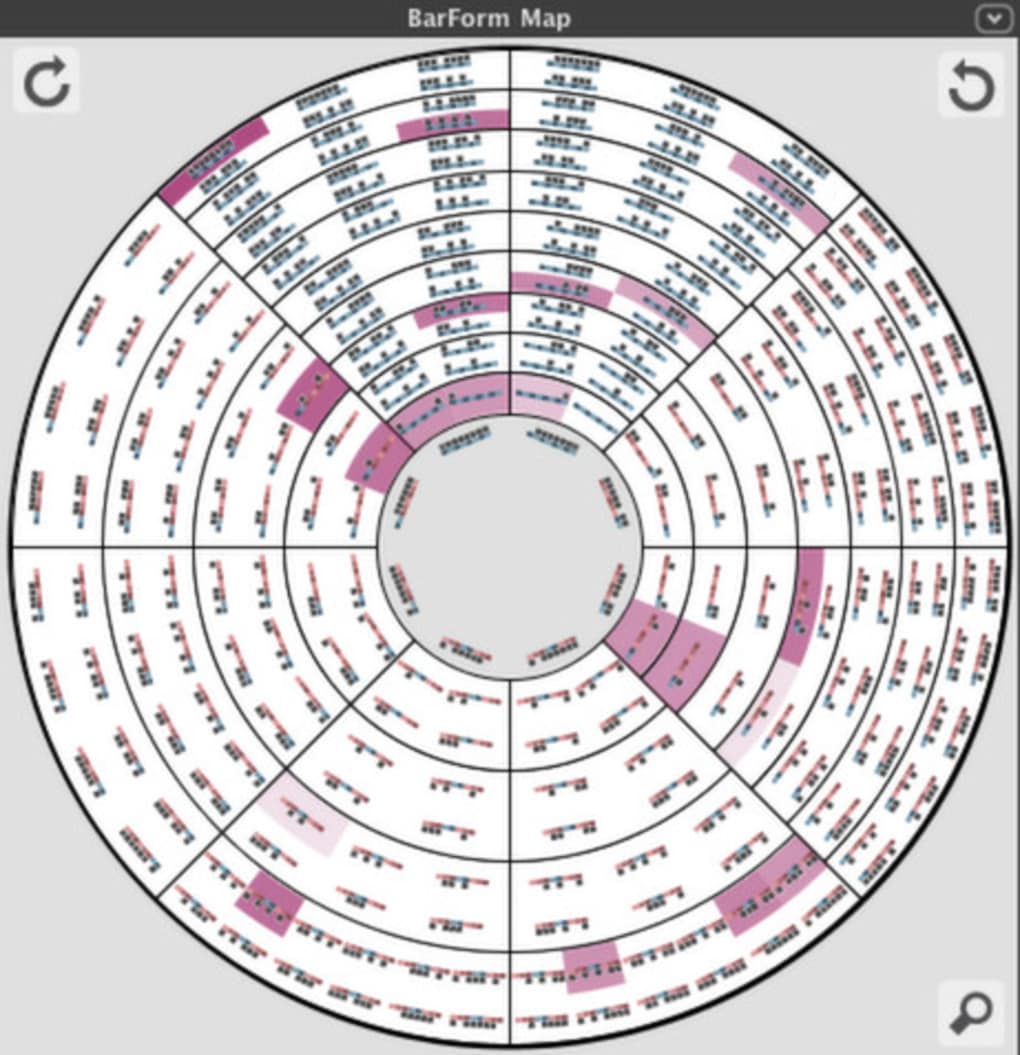

foreli, because it is much less skilful at excavating than C.

Both in the laboratory and the field, the most frequent outcome of these aggressive interactions was the occupation of the C. The hypothesis of competition for a nest site is more consistent. foreli did not change in the absence of C. foreli nests in the exclusion zone were similar to those found in the control zone with C. iberica colonies were eliminated from an area, rates of prey and liquid food collection by C. Moreover, there was no real competition for food between the species: in an experiment where all C. iberica colonies, nor distanced them from C. iberica nests, and laboratory confrontations confirmed this specificity. foreli were observed in the study areas against any other ant species, nor did any other ants attack C. These harassment episodes have been observed in two different areas and over many years of study. Read moreĬamponotus foreli (Emery) and Cataglyphis iberica (Emery) are two sympatric, subordinate ant species that have been found to fight in attacks that usually conclude with the death of many workers of both species and with nest abandonment by C. Aleppo pine outperformed holm oak under most environmental conditions tested and showed a wider regeneration niche.

From these results, no seed-seedling conflicts were found in either species, but a trade-off does seem to exist for holm oak between biomass allocation traits deployed in response to increased nutrient availability and radiation. Unlike Aleppo pine, holm oak responded to increased nutrient availability by decreasing R/S and increasing LAR. Increased radiation decreased LAR, SLA and height:diameter ratio, and increased RWR and R/S in both species, although Aleppo pine showed more pronounced changes.
#Liquid rhythm in reason 9.5 full#
While Aleppo pine showed no differences in RGR and mortality rate under different shading levels, RGR decreased and mortality increased for holm oak in full light. Both species showed increased RGR, but also higher mortality rates, when grown in an enriched nutrient environment. Nitrogen availability and litter type had no significant effect on germination of either species. Holm oak showed higher germination rates under shaded than under unshaded conditions, while Aleppo pine showed no differences between shaded and unshaded conditions. In a second experiment we tested for the effects of shade, nutrient availability, and litter type on seedling survival, growth and biomass allocation.

In a first experiment germination rate was evaluated under the combined effects of shade, nitrogen availability, and pine or holm oak leaf litter. A two-level multifactor experimental approach was used to compare seed germination and seedling performance of two Mediterranean tree species: the early successional aleppo pine (Pinus halepensis Mill.) and the late successional holm oak (Quercus ilex L.).


 0 kommentar(er)
0 kommentar(er)
